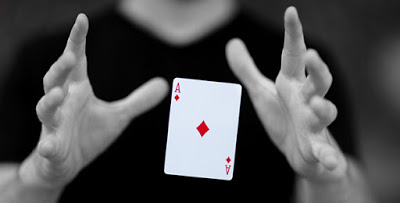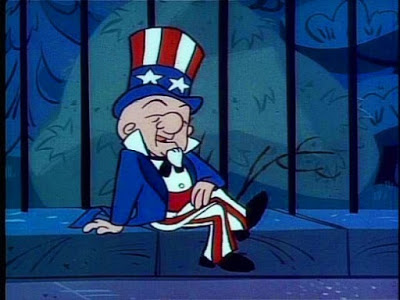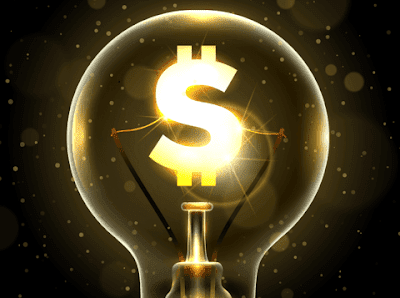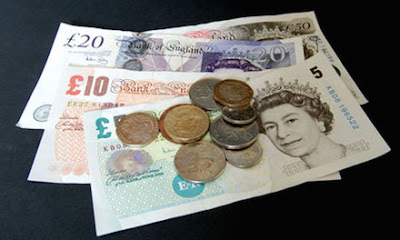BOJ Kuroda was understood to have told a Davos audience a week earlier that the central bank was not considering negative interest rates. Speculators in the futures market went into the two-day BOJ meeting with its largest net long yen position in four years and the biggest gross long yen position since 2008.
A few hours before the BOJ’s announcement, the government reported a poor set of economic data that raised the prospect that the Japanese economy may have contracted in Q4. It contracted in Q2 and, what was initially reported as a further decline in growth in Q3, was subsequently revised away. From the ECB’s meeting in early December through January 20, the yen appreciated 7% on a trade-weighted index. It had already pulled back 2% before the BOJ’s move and surrendered another 2% in response.
The BOJ’s actions, which opens a new dimension to its monetary policy, as well as Draghi’s intimation that new measures are necessary for the ECB to meet its mandate, are an effective antidote to claims among some that central banks had reached the end of the road. If we had a nickel for every time such claims have been made over the past five years; we might be able to fund our own QE. Monetary policy remains central to the investment climate. This is not an anomaly. Going back to the late-1970s, this has been more often the case than not.
Among the major central banks, the Bank of England and the Reserve Bank of Australia meet. Neither central bank is expected to change policy. At the most, McCafferty, the sole BOE member that has been advocating an immediate hike for several months, might rejoin the fold, but it signifies nothing.
Sterling’s 3.4% loss in January, the worst performing major currency after the New Zealand dollar (-5%), was driven by three factors. Disappointing economic data, recognition that it will take the BOE much longer to hike interest rates, and fears over Brexit. Slightly better than expected Q4 GDP, leaving H2 growth at the same pace as H1, failed to arrest the slide. Growth in Q4 was on a narrow base, and the PMIs, which will be reported ahead of the BOE meeting, are expected to continue to drift lower.
At least partly influenced by Japan’s adoption of negative rates, the December 2016 short-sterling futures contract staged its biggest rally since September to reach new contract highs. The implied yield of 58 bp is consistent with no rate hike this year. It is one basis point more than the March contract implies. Without anticipating a rate cut, it is difficult to see much more of a decline in the implied yield for the end of the year.
Under the new communication regime, the BOE’s quarterly inflation report will be released at the conclusion of the MPC meeting as well. The 7.3% decline of sterling’s TWI’s from mid-November through January 19 was likely welcomed given the large merchandise trade deficit and low inflation.
The base effect signals the year-over-year increase warns that when January UK CPI is released, it will likely have increased, but officials and investors will look through it. Wage growth is slowing and the new decline in the price of Brent (though it has recouped nearly 70% of decline seen to start the year), warns of a forward guidance that confirms what the market has already discounted. The BOE is in no hurry to follow the Federal Reserve in hiking rates.
The RBA makes its decision on Tuesday. Governor Stevens will likely recognize the downside risks on inflation and the recent turbulence in the global markets. He is unlikely to be comfortable with the 4.6% appreciation of the Australian dollar on a TWI over the past couple of weeks. Stevens will point to the scope to cut rates.
However, it requires the prospect of a stronger currency, lower inflation and weaker growth in some combination for the RBA to deliver. The quarterly monetary policy statement will be released at the end of the week, but the details typically flesh out the Governor’s post-meeting press conference.
Swing in Expectations for Fed Policy
Market expectations for Fed policy this year has also swung hard. Judging by the Fed funds futures strip, not only are the Fed’s four rate hikes, deemed appropriate by the median dot-plot from the middle of December, doubted by the market, but investors are not fully discounting a single hike. The December Fed funds futures contract closed January with an implied yield of 55 bp. It is consistent with about a third of a chance that the Fed does not even hike rates once.
It is difficult to envision pendulum of expectation swinging much harder against the Fed. The US January employment report on February 5 is important. Given the recent averages, it is unreasonable to expect that job growth exceeded December’s 292k. The consensus is around 190k though we suspect the risk is on the downside. Provided the surprise is not significant, attention can focus on the details. There is a chance the unemployment rate cut tick down to 4.9%, a new cyclical low.



































